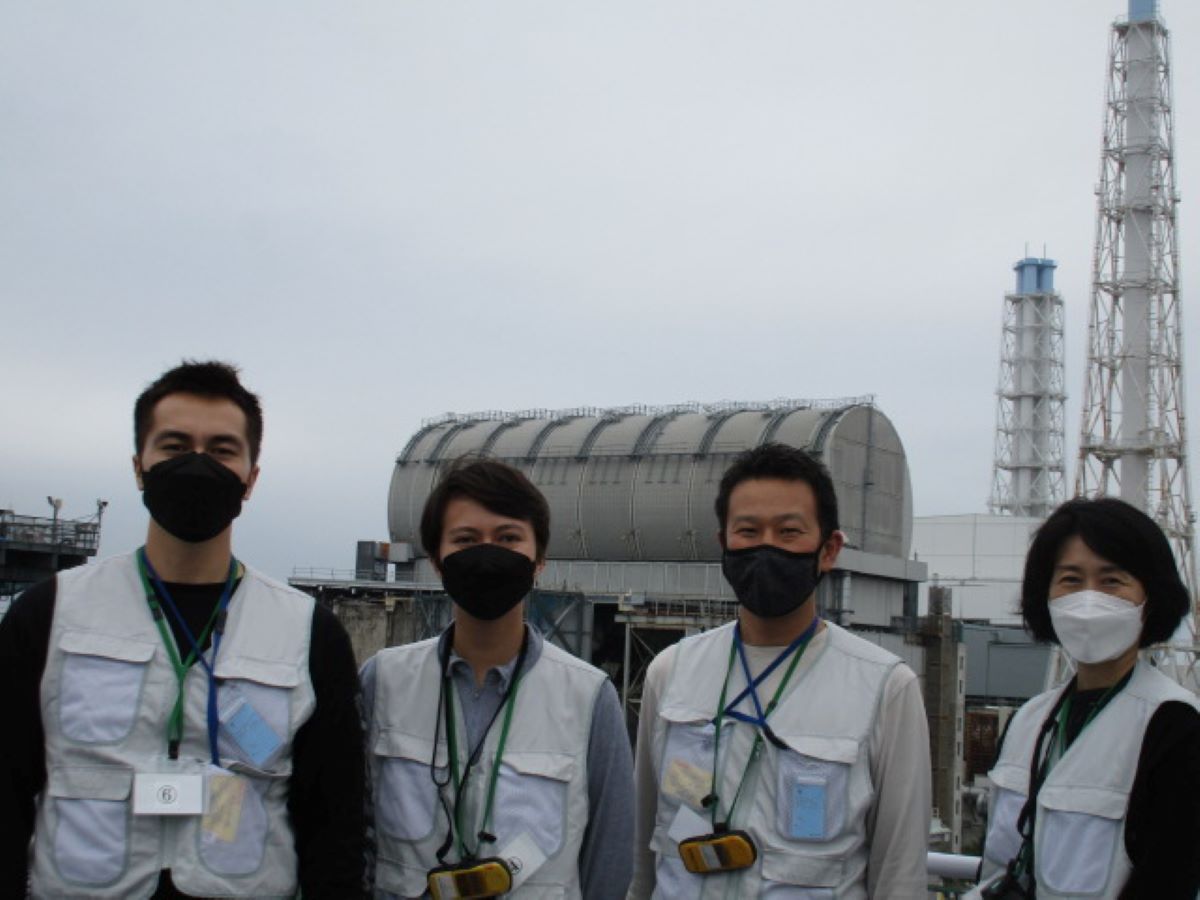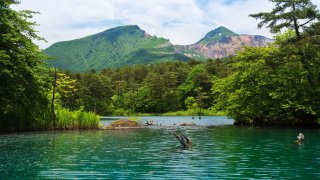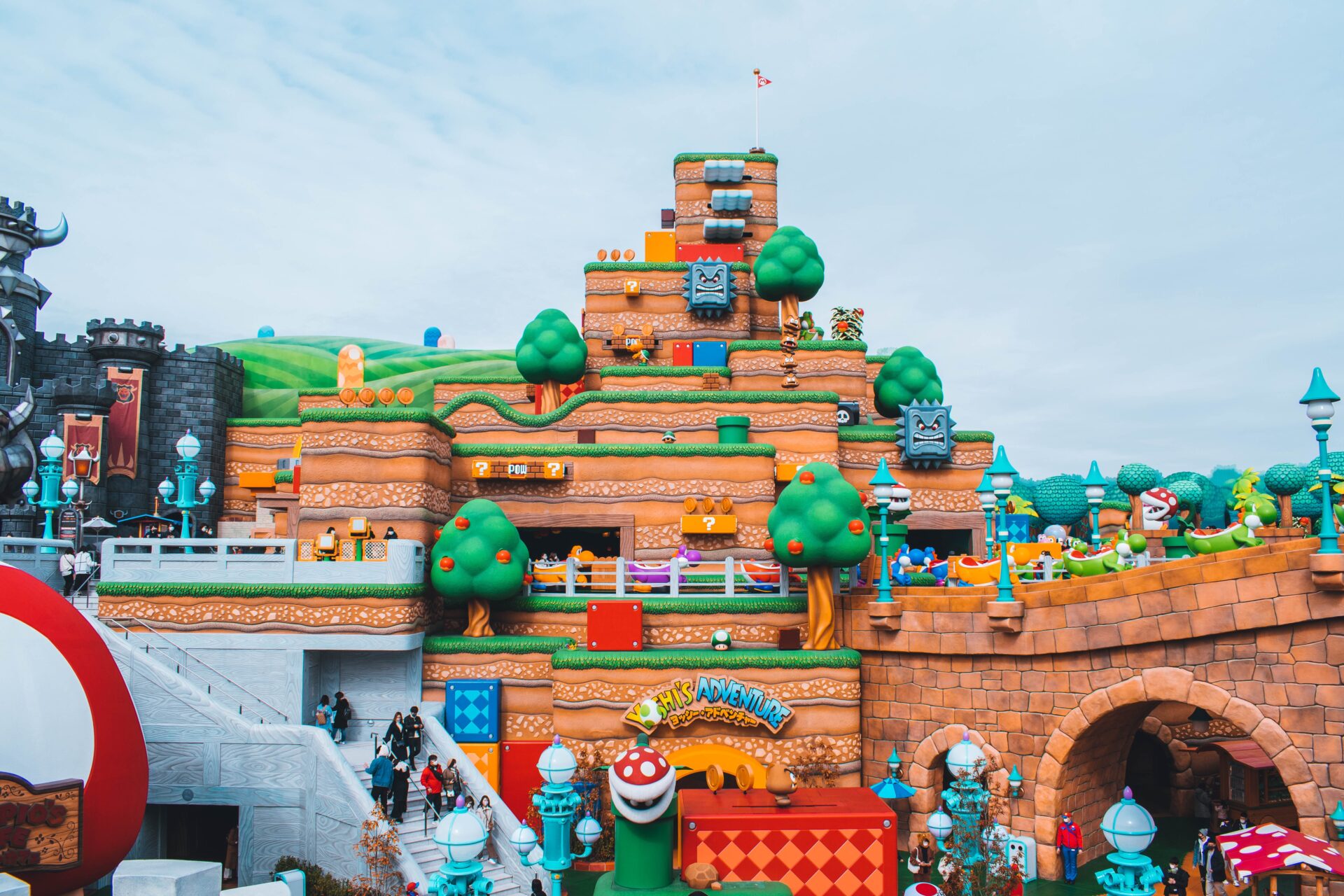More than 12 years after the earthquake, tsunami, and nuclear accident, we want to give you an update on the highly impacted and affected Fukushima area. Through our 2-day tour of the area and nuclear power plant, anyone who joins will have the chance to learn about all of the true facts of what happened in 2011, and the current situation, as well as see how far Fukushima has come in the reconstruction process. This tour is truly an eye-opening experience and will change the way you think about the Fukushima area and the disaster.
Available dates for our Fukushima Exclusion Zone 2-Day Tour in 2024
May 8-9, 22-23
June 3-4, 17-18
July 3-4
August 1-2
Book here
▼Fukushima Daiichi Nuclear Power Plant Visit 2-Day Tour from Tokyo
March 11, 2011 Great East Japan Earthquake, Tsunami, and Nuclear Accident
On March 11, 2011 at 2:46PM, The Great East Japan Earthquake shook Japan. It registered a seismic intensity of up to 7(with a high 6 in Fukushima prefecture), and a magnitude of 9.0-9.1, making it the biggest recorded earthquake in Japan’s history. The massive earthquake then triggered a huge tsunami that hit the east coast of Japan with waves as high as 40 meters.
As you may know, all of this led to the accident and nuclear disaster at the Fukushima Daiichi Power Plant shortly after. Even up until today, when people hear the word “Fukushima,” the first thing that comes to mind is 2011 and the nuclear accident. However, the people of Fukushima as well as our tour is trying to change this negative image of the area.
Is it safe to visit Fukushima?
Many people are still very hesitant about visiting the Fukushima area as they think it is still unsafe and they may be exposed to high levels of radiation. But is it safe to visit the area now? The answer is yes. The radiation levels differ a bit depending on where you are, but overall the area is safe with normal levels of radiation. There are ongoing decontamination efforts being carried out throughout the affected areas(taking the top layers of soil out, removing the fallen leaves and brush that was there during the accident etc.) which has helped in a huge way in lowering the radiation levels and making it safe to live in each area again.
Radiation exposure on the tour
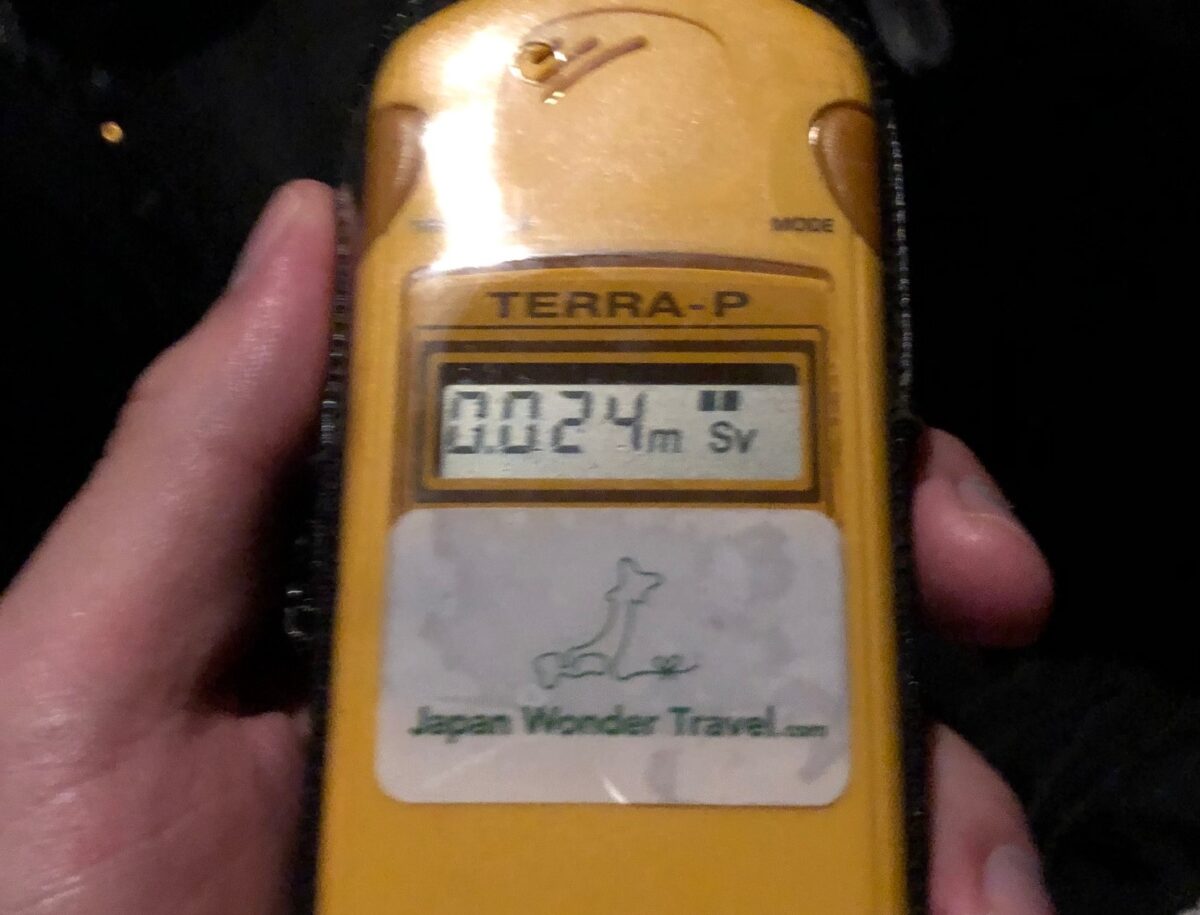
For those who aren’t all that familiar with radiation levels and what they mean in everyday life, this might help put things into perspective. On the 2-day tour, we were exposed to a total of 0.024mSv(millisieverts). The estimated dose of radiation you are exposed to on a round-trip flight from New York to Japan is around 0.1-0.2 mSv, which is more than 4 times what we were exposed to on the tour. One CT scan is said to expose you to about 6.9 mSv, which is almost 300 times what we were exposed to on the tour.
Fukushima Exclusion Zone
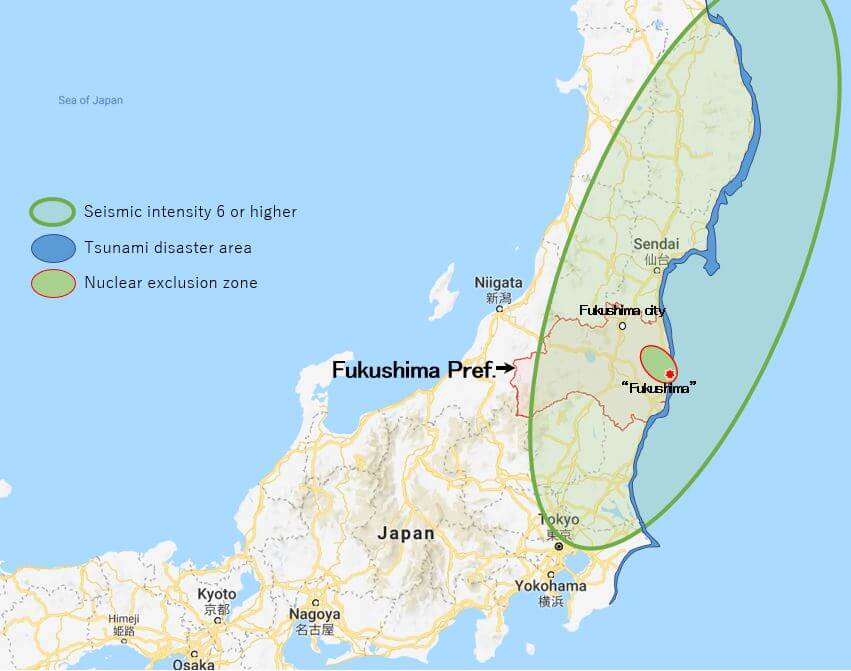
The Fukushima Exclusion Zone is now a very small area on the coastal area of Fukushima prefecture. It is about 200-250 km away from Tokyo and it takes about 3.5 hours to get there by car. The evacuation-designated areas make up a very tiny part of Fukushima Prefecture(only 2.7% of the whole prefecture), but the prefecture as a whole has gotten a negative reputation worldwide from the nuclear accident.
Evacuation Orders Lifted
The evacuation orders have been lifted in all 11 districts of the Fukushima area. Futaba Town was the last of the 11 to be lifted in October of 2022. This being said, there are still certain sections in some of the districts in which residents are not able to return home. It will take a little more time and decontamination for these areas to receive the OK to return. Lifting the evacuation orders for each area means that the residents are able to return to and live in the area again, as the radiation levels have dropped to a safe number.
Upon the evacuation orders in 2011, many people have started new lives in other parts of Japan, and it may be tough for them to drop everything again and move back to Fukushima. However, there are a number of people who are planning on moving back and living in their beloved hometown again. There is lots of new public housing being built for the people who want to come back to Fukushima. This process will also take time, but with the evacuation orders lifted in all districts, there is a lot of hope for the return to normal life and increase in population in the area in the future.
Highlights of the Tour
Daiichi Nuclear Power Plant Visit
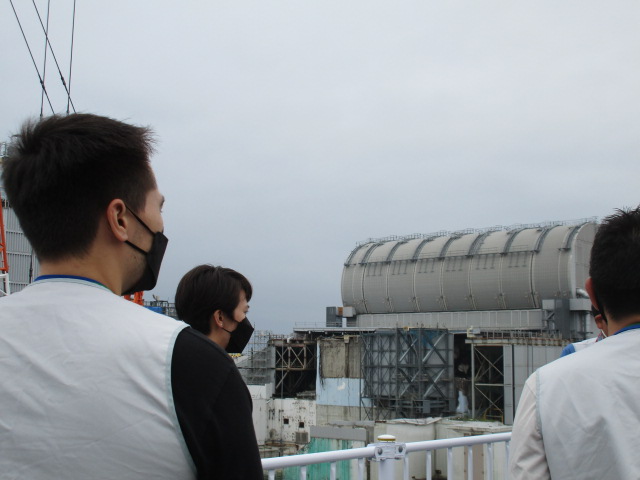
After visiting the TEPCO Decommissioning Archive Center and learning a little more about the disaster and progress that has been made over the last 11 years, we made our way to the nuclear power plant nearby. We have received special permission from TEPCO to enter the nuclear power plant specifically for this tour.
It is pretty amazing seeing the nuclear power plant up close and personal instead of in pictures or on TV. There are lots of people on site working on the decommissioning process. It is a slow and tedious process that will take decades, but there is progress being made every day. During this part of the tour, you will be with TEPCO staff who are willing to answer any questions you may have about the nuclear power plant and decommissioning process.
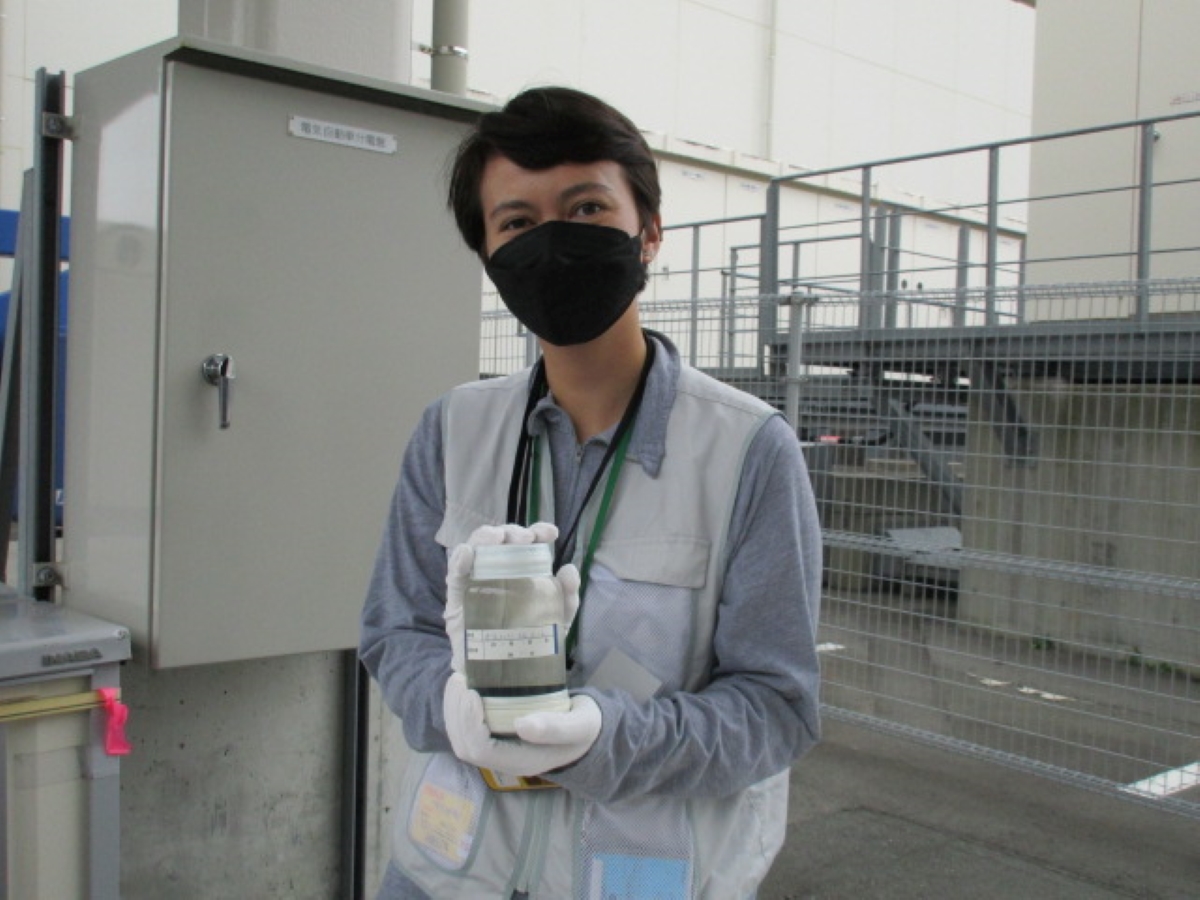
Of course this is the part of the tour where you will be exposed to the most radiation, but even so, it doesn’t amount to much as we only spend a short period of time in the power plant area. One of the amazing things that we had a chance to see was how they are decontaminating the water from the nuclear power plants.
They have a process used worldwide called ALPS in which the radiation exposed water is treated and filtered into normal non-contaminated water. They also have robots going into the plants to help take out the contaminated debris and nuclear fuel, which is much safer than actually sending workers inside. You may think that the workers are exposed to a lot of radiation when working on the decommissioning of the nuclear power plant, but TEPCO explained that it is pretty easy to keep your exposure low if you properly manage the time and frequency spent in the plant.
The Great East Japan Earthquake and Nuclear Disaster Memorial Museum
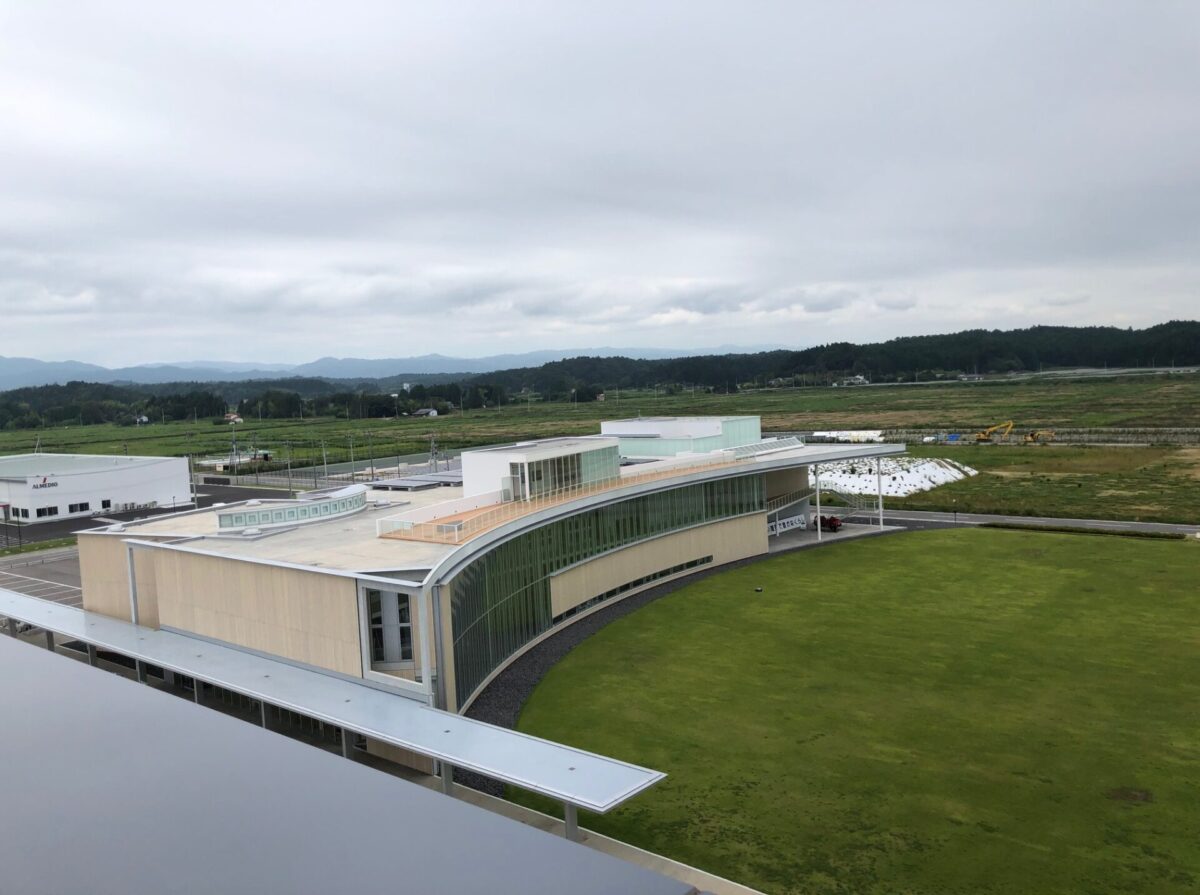
In 2020, this amazing memorial museum was opened to convey to people all over the events that happened during the 2011 earthquake and disaster. Through stories and exhibits among other things, The Great East Japan Earthquake and Nuclear Disaster Memorial Museum strives to convey and inform the future generations about everything that happened, the lessons they can learn from it on disaster prevention and mitigation, and what people can do to contribute to a faster recovery.
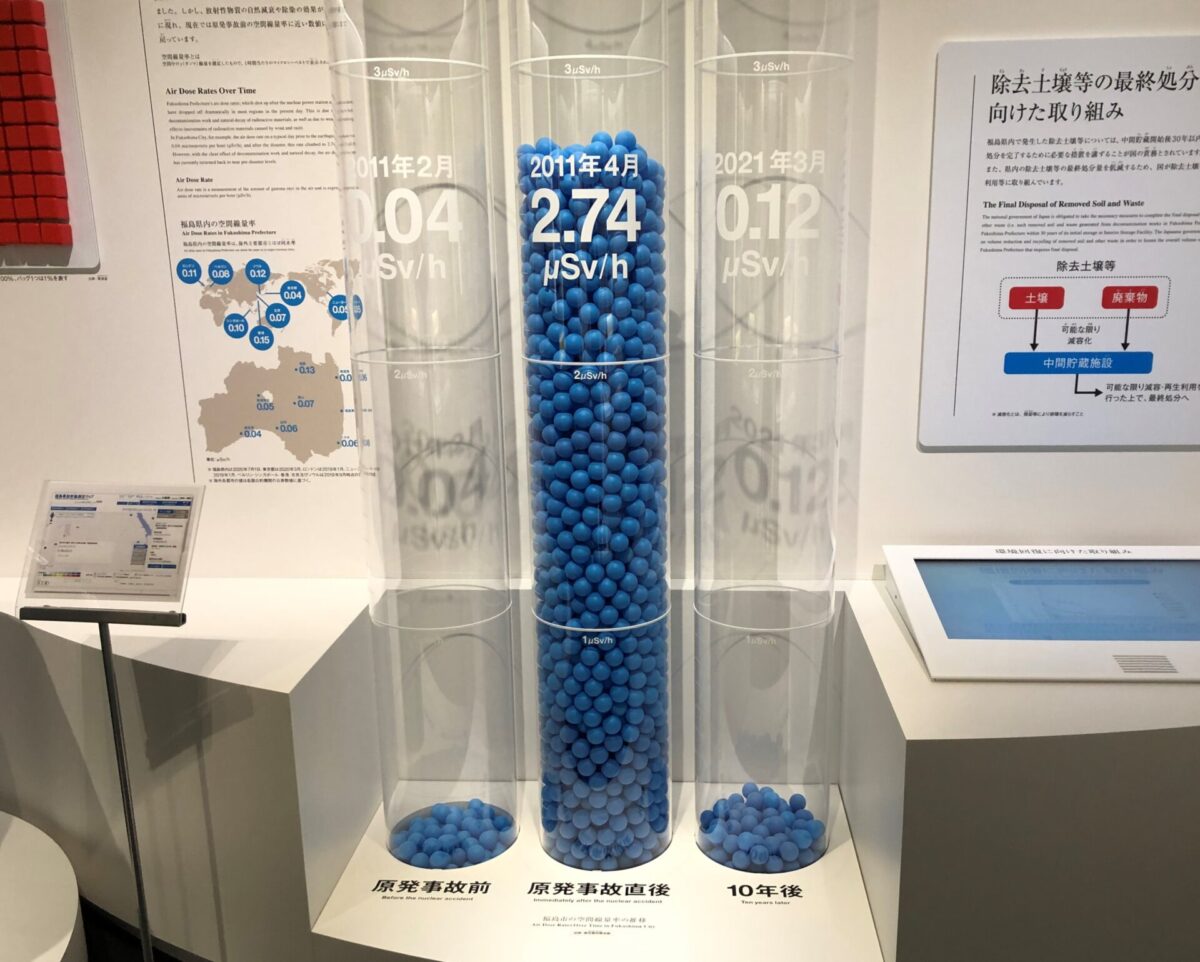
There are 5 sections to the museum, with loads of information starting from how the disaster began, to the various voices of Fukushima, to how we can all aim for revitalization. It is laid out in a very easy to understand story from beginning to end. Even for someone who may know nothing about 2011, by the end will have a good idea of and maybe even a deep understanding of everything that happened.
Depending on the day, you may even be able to hear someone talk about their own experience during the time of the earthquake and the years following it. This time around we had the chance to hear a currently 20 year old woman talk about her own personal experience during the time. She was only 9 years old and went through some very tough times during and after the fact. She had to evacuate to Yamagata prefecture for three years, starting her school life from zero all over again. Although she went through some tough times, she wanted to pass on the important message that you can’t take things for granted, and that certain encounters can change your life.
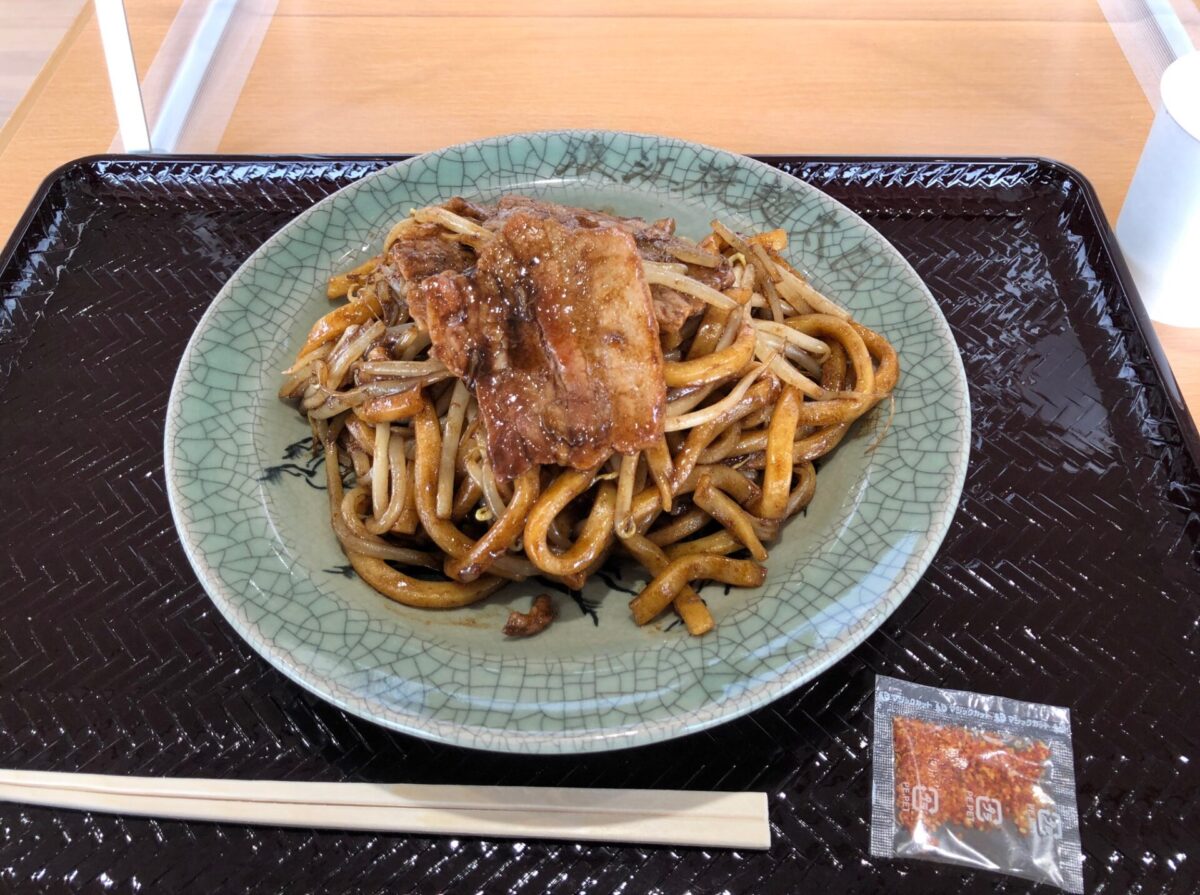
There is also a small souvenir shop that sells all the local goods, as well as a cafeteria with a few of the famous local restaurants/foods that you can only get in Fukushima. This time around we tried the Namie Yakisoba which was delicious and quite different from the Yakisoba that you might be familiar with.
Meeting Local Residents From Namie Town
One of the best parts of the tour is the chance to meet and talk to some of the local Fukushima residents who were in the area during the time of the earthquake. Although it may differ depending on the tour and the availability of each resident, this time around we had the opportunity to meet two special people from Namie Town.
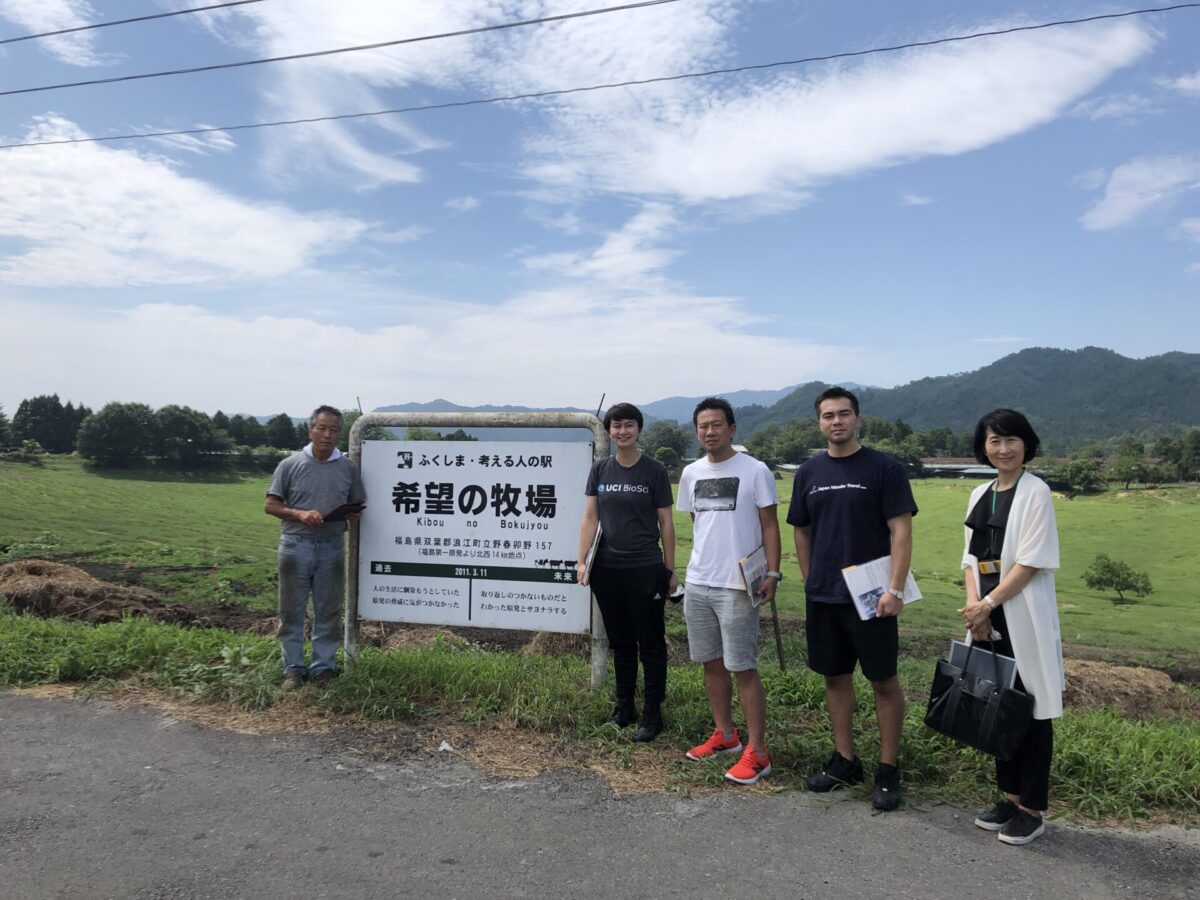
We first went to Hope Farm where we met Mr. Yoshizawa. He is a very outspoken and passionate man who, in spite of the order from the government and authorities to kill his radiation exposed cattle, decided to keep and take care of them. Even though they were radiation exposed and would not be able to be sold for slaughter, he couldn’t let go of his precious cattle. He took care of these 300 cattle and decided to stay on his farm despite the order for evacuation. It is truly amazing seeing how passionate he is and his hope for the future.
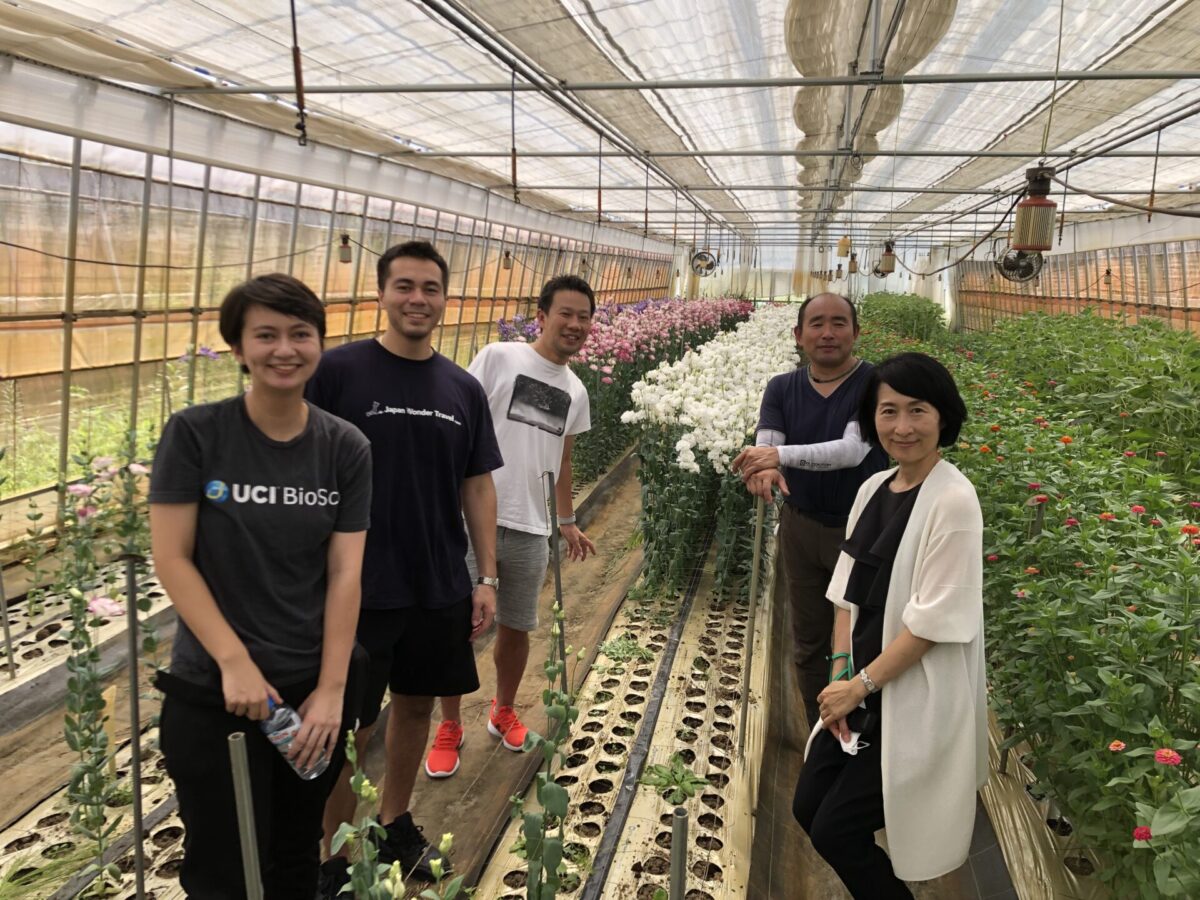
After this we went to a flower farm owned by Mr. Arakawa who was a firefighter at the time of the earthquake/tsunami. He has some inspiring stories about helping people at the time as well as thoughts on the complex disaster. He also talked about how he has grown a passion for contributing to the local community through growing beautiful flowers. He grows some truly stunning flowers that have won awards nationwide.
Futaba Town
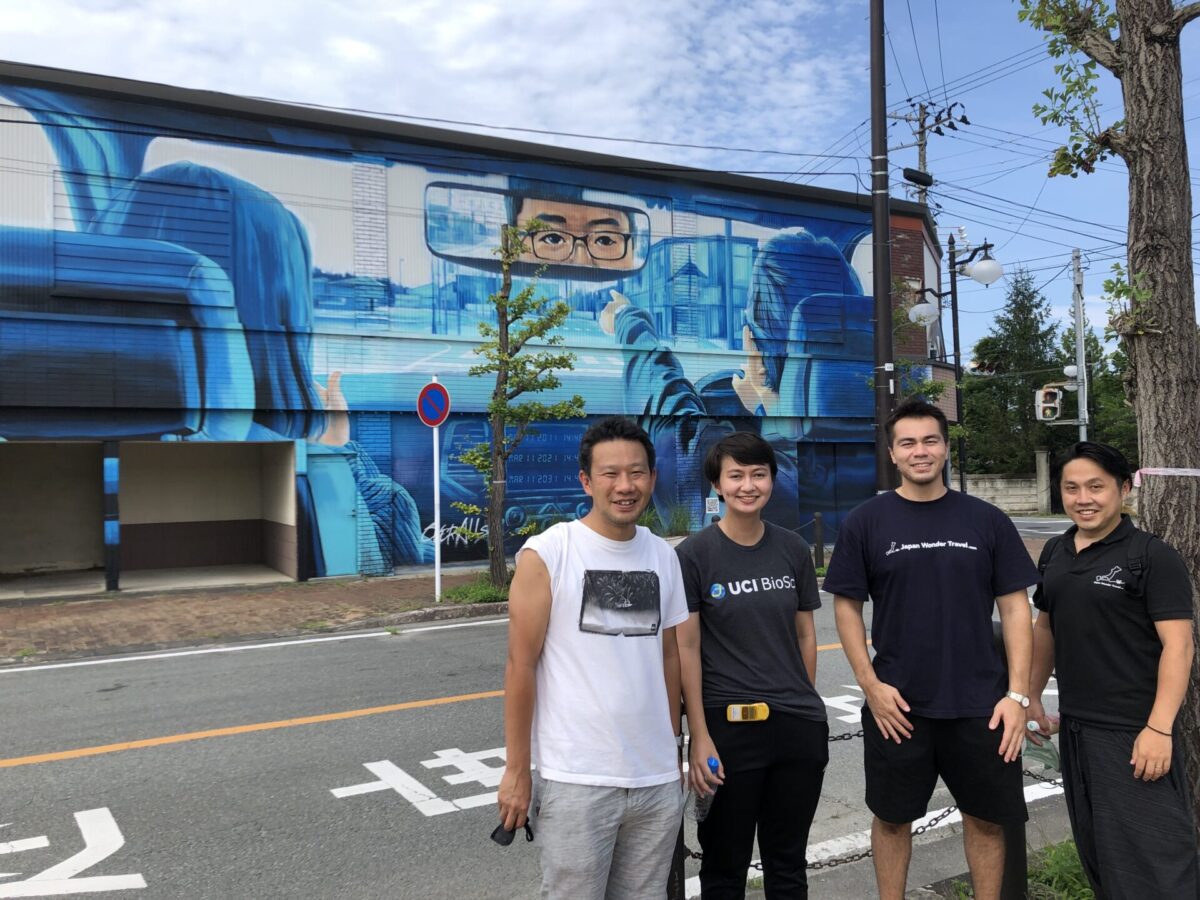
Starting at Futaba Station, we walked through Futaba Town and saw small yet very noticeable changes from the last time we had been there. Things are always changing and improving every time we visit. The station has been renovated and there was public housing and subdivisions being built for the residents who are planning on finally coming back to their beloved hometown.
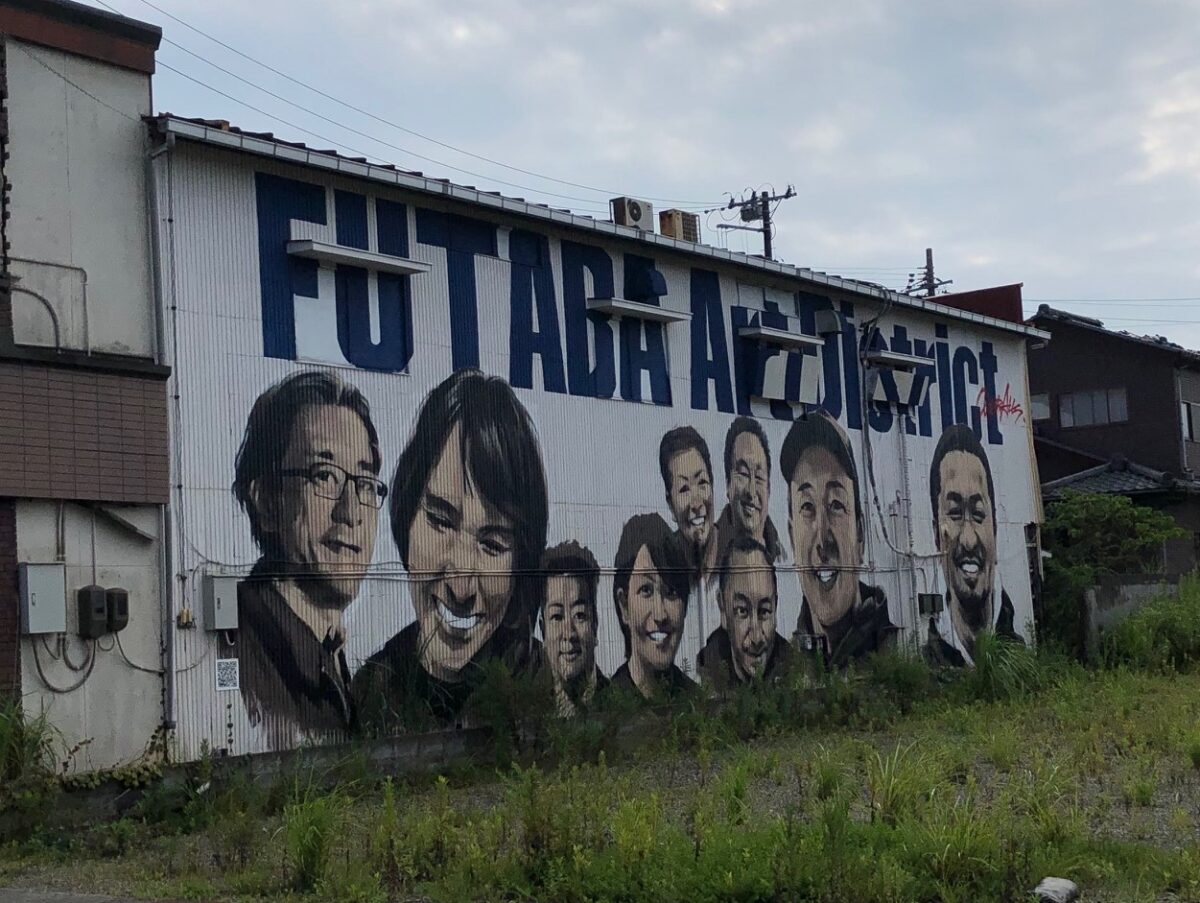
FUTABA Art District is also a very cool part of Futaba Town. There are murals throughout the area done by OVER ALLs that were made as a part of an initiative to help increase the art in the area as well as tourism and traffic to Fukushima. There are a number of creative and meaningful murals that you will find scattered throughout the town and they all have important messages behind them.
A Once In A Lifetime Tour
Now we don’t want to spoil every single detail about the tour, so we will leave it at that. Just know that there is a lot more packed into the tour than what we talked about here.
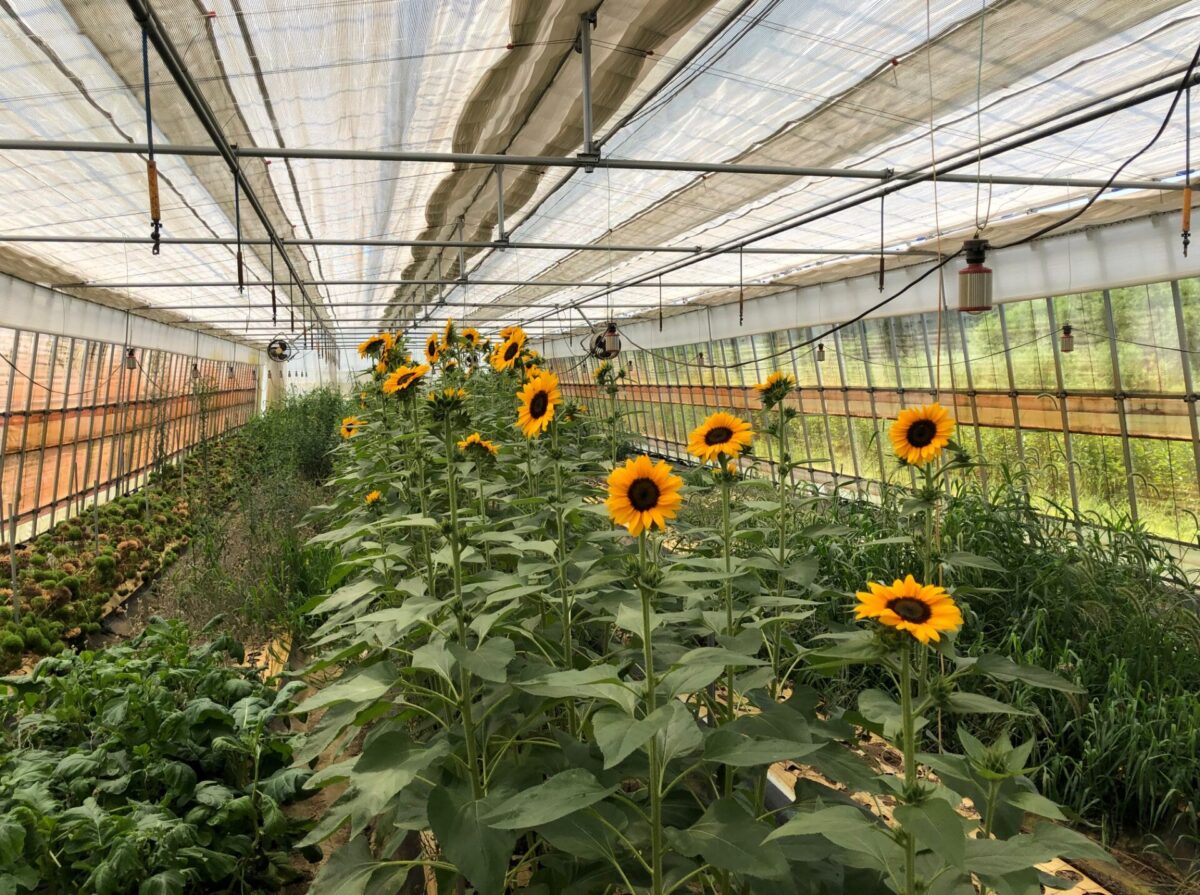
That being said, this tour is truly a once in a lifetime experience that anyone and everyone can learn from and appreciate. A lot of the things done on the tour are things that you will probably only be able to do on this tour. For example, access to the nuclear power plant and the opportunity to meet the locals living in the area at the time of the disaster. None of this is possible without an expert English speaking guide alongside you to help explain all the details and correct information.
Booking the Fukushima 2-Day Nuclear Power Plant Tour
For those interested in booking this 2-day tour of the Fukushima area and nuclear power plant, have a look on our website here for the available dates in the coming months.
The decontamination, decommissioning and revitalization processes are still ongoing and it will still be a while before things are back the way they used to be, but it is amazing seeing how far Fukushima has come. Seeing things up close and personal really gives you the feeling of hope for the future. Although it may feel like there is little you can do to help the whole process, passing on the correct information and facts about the area and accident/disaster helps in unimaginable ways. There is so much misinformation out there that people often get the wrong idea about the situation.
We hope this article has inspired you to learn more about the Fukushima exclusion zone and disaster, and that you want to visit the area in person soon!
Follow us on Instagram, Facebook, Twitter and TikTok for more travel inspiration. Or tag us to get featured!
Happy traveling!
Stay informed of the best travel tips to Japan, the most exciting things to do and see, and the top experiences to have with the Japan Wonder Travel Newsletter. Every week we will introduce you to our latest content.
